Quilting with Denim: Unconventional but Trendy!
Are you tired of the same old quilting projects? Are you looking for something that not only showcases your creativity but also tells a story? Well, welcome to the vibrant and unique world of denim quilting! This art form takes the fabric we all know and love—denim—and transforms it into stunning quilts that are not just functional but also visually captivating. Imagine snuggling under a quilt made from your favorite old jeans, each patch representing a memory or a moment in time. Sounds intriguing, right? In this article, we'll dive deep into the creative potential of denim quilting, exploring its practical benefits and offering tips to help you get started on your own denim quilt adventure.
Denim quilting is not just a trend; it comes with a variety of benefits that make it a fantastic choice for both seasoned quilters and beginners alike. First and foremost, denim is known for its durability. Unlike many quilting fabrics that wear out over time, denim stands the test of time, making your quilts not only beautiful but also long-lasting. Additionally, the unique texture of denim adds depth and character to your quilts, creating a tactile experience that cotton simply can't match.
Moreover, denim quilting is an eco-friendly option. By repurposing old jeans, you’re not only saving them from ending up in a landfill but also giving them a new lease on life. In a world increasingly focused on sustainability, what better way to contribute than by creating something beautiful from what would otherwise be waste? So, if you're looking for a way to express your creativity while being kind to the planet, denim quilting might just be the perfect fit!
The success of your quilting project largely depends on choosing the right denim. There are various types of denim available, each with its own unique characteristics. When selecting denim, consider its weight, texture, and color. The weight of the denim can significantly impact the final look and feel of your quilt, so let’s break it down further.
Understanding the differences between lightweight and heavyweight denim is crucial. Lightweight denim is perfect for quilts that require a softer drape, making it easier to handle during the quilting process. On the other hand, heavyweight denim is robust and provides excellent durability, which is ideal for quilts that will see heavy use. Think about the purpose of your quilt: is it for decorative use, or will it be a cozy throw for chilly nights? Your answer will guide your choice.
Denim comes in various weights, typically measured in ounces per yard. Here’s a quick guide to common denim weights:
| Denim Weight | Characteristics |
|---|---|
| 6-8 oz | Lightweight, ideal for shirts and soft quilts |
| 10-12 oz | Medium weight, versatile for quilts and jackets |
| 14-16 oz | Heavyweight, perfect for durable quilts and upholstery |
Denim is available in a multitude of colors and textures, from classic indigo to trendy acid-washed finishes. When selecting the right shades for your quilt, think about how they will work together. Mixing different shades and textures can create a visually stunning effect. For example, pairing dark denim with lighter shades can add depth and contrast, making your quilt pop!
Preparation is key to successful quilting. Before you dive into your project, you need to properly wash, cut, and prepare your denim fabric. Always wash your denim first to remove any dirt or chemicals, and to pre-shrink the fabric. After washing, cut your denim into the desired shapes and sizes, keeping in mind the overall design you want to achieve. Proper preparation ensures that your quilt will not only look great but also stand the test of time.
Once you have your denim prepared, it's time to explore various quilting techniques that can elevate your project. Techniques such as patchwork and free-motion quilting allow for creative expression, enabling you to personalize your quilt to reflect your style.
Patchwork is a popular method for denim quilting. It involves sewing together various pieces of fabric to create a cohesive design. When working with denim, consider using contrasting thread colors to highlight the seams, or experiment with different patch sizes to create visual interest. The beauty of patchwork lies in its versatility; you can create anything from a traditional quilt to a modern masterpiece!
If you're looking to unleash your creativity, free-motion quilting is the way to go. This technique allows you to move the fabric freely under the needle, enabling you to create unique patterns and designs. To master free-motion quilting with denim, start by adjusting your machine settings and practicing on scrap pieces. Don't be afraid to experiment with different designs—after all, quilting is an art form!
Feeling inspired yet? If not, let's explore some fantastic denim quilt designs that can spark your creativity. From traditional patterns to modern interpretations, the possibilities are endless!
Upcycling denim is a great way to create unique quilts that tell a story. Consider using pieces from old jeans, jackets, or skirts to create a quilt that showcases your personal history. Each piece of denim carries its own memories, making your quilt not just a blanket, but a tapestry of your life.
When it comes to color combinations and themes, the sky's the limit! Think about the vibe you want to create—do you prefer a rustic, farmhouse feel, or something more modern and chic? Mixing and matching colors can help you achieve a cohesive design that reflects your personal style. Don’t shy away from experimenting; after all, quilting is about expressing your individuality!
1. Can I use any type of denim for quilting?
Yes, you can use various types of denim, but consider the weight and texture based on the desired outcome of your quilt.
2. How do I wash denim before quilting?
Wash your denim in cold water to remove any chemicals and to pre-shrink the fabric. Let it air dry or tumble dry on low.
3. What are some good techniques for quilting with denim?
Patchwork and free-motion quilting are popular techniques. Experiment with both to find what works best for you!
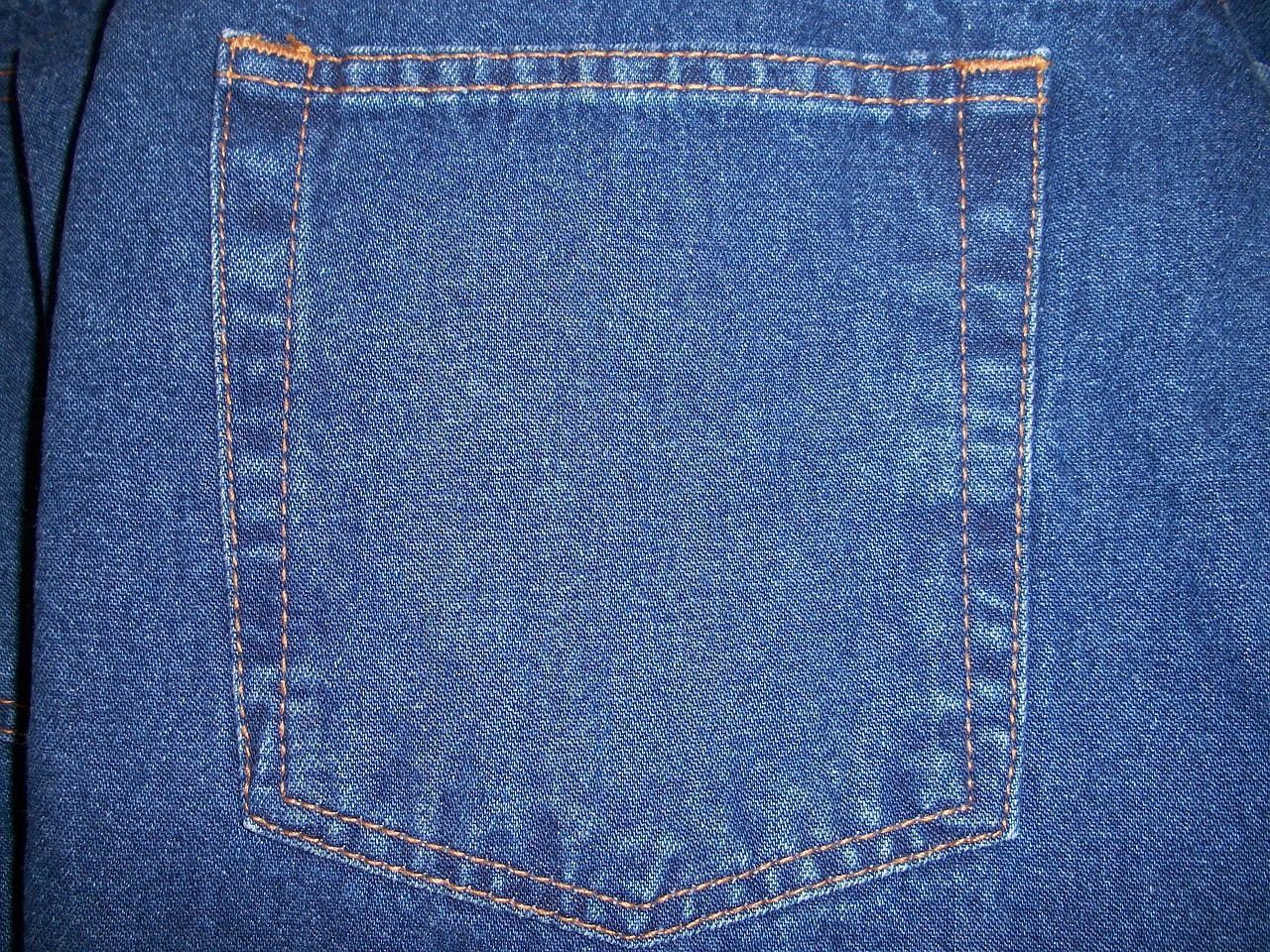
Benefits of Denim Quilting
Denim quilting is not just a trend; it’s a creative revolution that allows you to transform old jeans into stunning quilts that tell a story. One of the most compelling benefits of using denim is its durability. Unlike traditional quilting fabrics, denim is tough and can withstand the test of time, making it perfect for items that will be used frequently, such as throws or bed covers. Imagine wrapping yourself in a quilt that has survived countless adventures—now that’s something special!
Another advantage is the unique aesthetic that denim brings to the table. The texture, color variations, and weight of denim can create visually striking quilts that stand out in any room. The fabric's natural fading and wear patterns add character, making each piece one-of-a-kind. Plus, the versatility of denim means you can mix and match different shades and textures to achieve that perfect look.
Not only does denim quilting offer aesthetic and practical benefits, but it also has an eco-friendly aspect. In a world increasingly focused on sustainability, repurposing old jeans is a fantastic way to reduce waste. Instead of tossing those worn-out jeans into the landfill, why not give them a new life? By choosing denim for your quilting projects, you’re making a conscious choice to be more environmentally friendly while expressing your creativity.
Let’s not forget about the comfort factor. Denim is a breathable fabric that can provide warmth without overheating, making it ideal for quilts that you’ll enjoy year-round. It’s like wrapping yourself in a cozy hug! Plus, the weight of denim can add a comforting heaviness to your quilt, enhancing the overall snuggle factor.
In summary, the benefits of denim quilting are numerous:
- Durability: Denim can withstand wear and tear, ensuring longevity.
- Unique Aesthetic: The fabric’s texture and color variations create visually appealing designs.
- Eco-Friendly: Repurposing denim reduces waste and promotes sustainability.
- Comfort: Denim provides warmth and breathability, making it perfect for quilts.
So, if you’re looking to embark on a quilting journey, consider denim as your fabric of choice. Not only will you create something beautiful, but you’ll also be embracing the practical benefits that come with this unconventional yet trendy material!
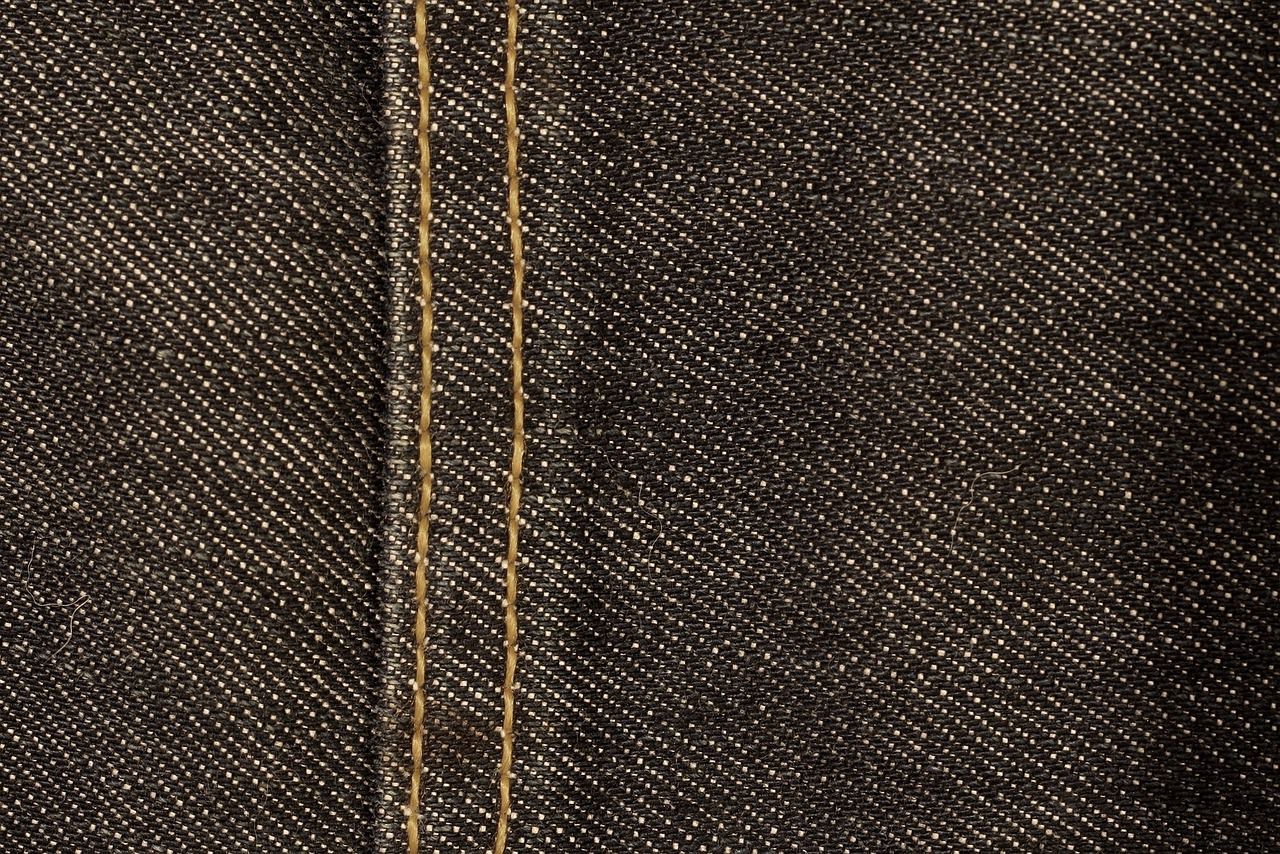
Choosing the Right Denim
When it comes to quilting with denim, choosing the right fabric is absolutely crucial. Not all denim is created equal, and the type you select can significantly influence the outcome of your project. With so many options available, it can feel overwhelming. But don't worry! We’re here to break it down for you. First off, consider the weight of the denim. Denim typically comes in various weights, which are measured in ounces per yard. The weight you choose will affect the quilt's drape and durability. For instance, lighter weight denim is great for a soft, cozy quilt, while heavyweight denim provides a sturdier, more structured feel.
Moreover, understanding the different types of denim is essential. You might encounter cotton denim, which is the most common, stretch denim that adds a bit of give, and raw denim that has not been pre-washed. Each type has its unique characteristics and can yield different results in your quilting project. For example, stretch denim can be a fantastic choice if you want your quilt to have a little flexibility, while raw denim can give your quilt a more rugged, authentic look.
Another important aspect to consider is the color and texture of the denim. Denim is available in a plethora of shades, from the classic indigo to lighter washes and even colored options. The color you choose can set the mood for your quilt. You might want to go for a monochromatic look, or perhaps mix and match different shades for a more dynamic design. Textural variations can also add depth to your quilt. Look for denim with interesting finishes, such as distressed or acid-washed, to create a unique visual appeal.
To make your selection easier, here’s a quick reference table summarizing the different types of denim and their characteristics:
| Type of Denim | Weight (oz/yd²) | Characteristics |
|---|---|---|
| Cotton Denim | 8-12 | Durable, versatile, and widely available. |
| Stretch Denim | 10-14 | Contains spandex for flexibility; great for cozy quilts. |
| Raw Denim | 12-16 | Unwashed, stiff, and develops a unique patina over time. |
In summary, when choosing denim for your quilting project, pay attention to the weight, type, color, and texture. These factors will not only affect the aesthetics of your quilt but also its functionality and longevity. So take your time to explore your options and select the denim that resonates with your creative vision!
- What is the best type of denim for quilting? It depends on your project! Cotton denim is a safe bet for most quilts, while stretch denim is great for a cozy feel.
- Can I mix different types of denim in one quilt? Absolutely! Mixing different types can create interesting contrasts and textures.
- How do I prepare denim for quilting? Be sure to wash and dry your denim first to prevent shrinkage later on.

Lightweight vs. Heavyweight Denim
When it comes to quilting with denim, understanding the difference between lightweight and heavyweight denim is crucial. The weight of the denim you choose can significantly impact the drape, durability, and overall feel of your quilt. Lightweight denim, typically weighing between 6 to 10 ounces per yard, is soft and flexible, making it ideal for quilts that require a bit of movement and flow. This type of denim is often used for more intricate designs where you want the quilt to have a gentle drape and a comfortable feel against the skin.
On the other hand, heavyweight denim, which can weigh anywhere from 12 ounces to over 16 ounces per yard, offers a sturdier structure and is perfect for quilts that need to withstand wear and tear. This type of denim can be used to create quilts that are not only visually striking but also durable enough to last through years of use. Heavyweight denim can give your quilt a robust look, making it ideal for projects that will be used frequently, like picnic blankets or cozy throws for chilly evenings.
To help you make an informed choice, here’s a quick comparison:
| Type of Denim | Weight (oz/yard) | Characteristics | Best For |
|---|---|---|---|
| Lightweight Denim | 6 - 10 | Soft, flexible, gentle drape | Intricate designs, clothing, lightweight quilts |
| Heavyweight Denim | 12 - 16+ | Sturdy, robust, durable | Durable quilts, throws, picnic blankets |
Ultimately, the choice between lightweight and heavyweight denim depends on the style and functionality you want for your quilt. If you’re looking to create a quilt that is both stylish and functional, consider mixing both types of denim. This approach allows you to enjoy the benefits of each while creating a quilt that is uniquely yours. So, are you ready to dive into the world of denim quilting?
- Can I mix different weights of denim in one quilt? Yes! Mixing weights can add interesting texture and depth to your quilt.
- How do I wash denim before quilting? Always pre-wash your denim to avoid shrinkage later. Use cold water and a gentle cycle.
- What type of needle should I use for denim quilting? A heavy-duty needle is recommended, as it can handle the thickness of the fabric.
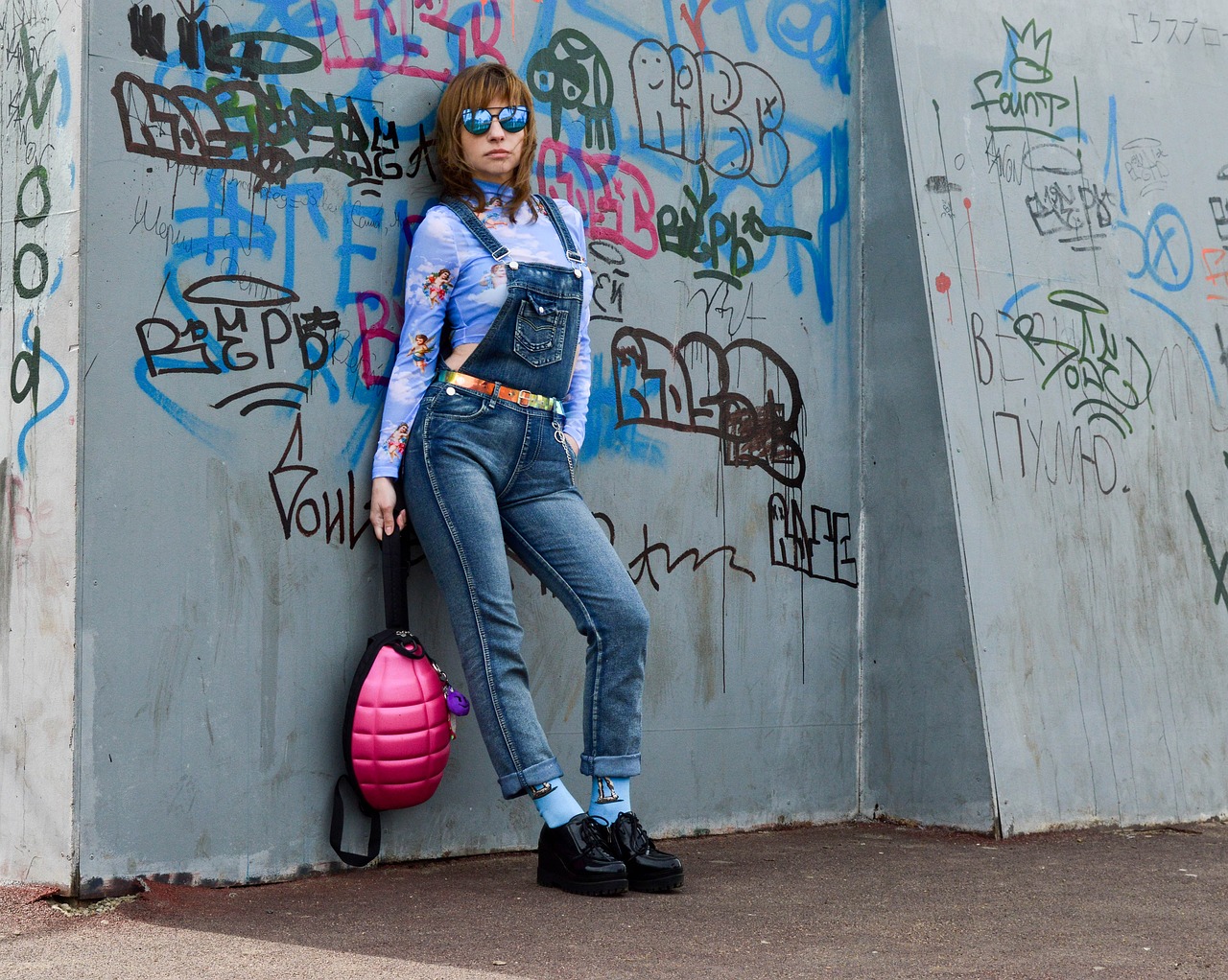
Common Denim Weights
When it comes to quilting with denim, understanding the different weights of this versatile fabric is crucial. Denim is not just a single type of material; it varies in weight, which significantly affects the final outcome of your quilt. The weight of denim is typically measured in ounces per square yard, and it can range from as light as 6 ounces to as heavy as 16 ounces or more. Each weight has its own unique characteristics and is suited for different quilting needs.
Here’s a quick breakdown of common denim weights:
| Denim Weight (oz) | Characteristics | Best Uses |
|---|---|---|
| 6-8 oz | Lightweight, soft, and flexible | Quilting, clothing, and lightweight projects |
| 9-12 oz | Medium weight, durable, and versatile | Quilts, bags, and heavy-duty clothing |
| 13-16 oz | Heavyweight, sturdy, and less flexible | Durable quilts, upholstery, and outerwear |
Choosing the right denim weight for your quilt can be compared to selecting the right foundation for a house. Just as a solid foundation ensures stability and durability, the right denim weight will provide your quilt with the structure it needs. For instance, if you want a quilt that drapes beautifully and feels soft to the touch, lightweight denim is your best bet. On the other hand, if you're looking for something that can withstand wear and tear, you might want to opt for a heavier weight.
Additionally, consider how the weight of the denim will affect the quilting process itself. Heavier denim can be more challenging to sew, requiring a sturdy sewing machine and possibly a stronger needle. Meanwhile, lightweight denim might be easier to handle but could require more care to prevent fraying and wear over time. Understanding these nuances will help you make informed decisions as you embark on your denim quilting journey.
Ultimately, the choice of denim weight should align with your creative vision and the functional requirements of your quilt. Whether you're aiming for a cozy lap quilt or a robust wall hanging, knowing the common weights of denim will guide your selection process and enhance your quilting experience.
- What is the best denim weight for quilting? The best denim weight depends on your project. For a soft, drapey quilt, opt for lightweight denim (6-8 oz). For a more durable quilt, medium (9-12 oz) or heavyweight denim (13-16 oz) is recommended.
- Can I mix different denim weights in one quilt? Yes! Mixing weights can add interesting texture and depth to your quilt, but be mindful of how they will behave together during the quilting process.
- How do I care for denim quilts? Denim quilts can generally be machine washed on a gentle cycle and tumble dried on low. However, always check your specific fabric care instructions.
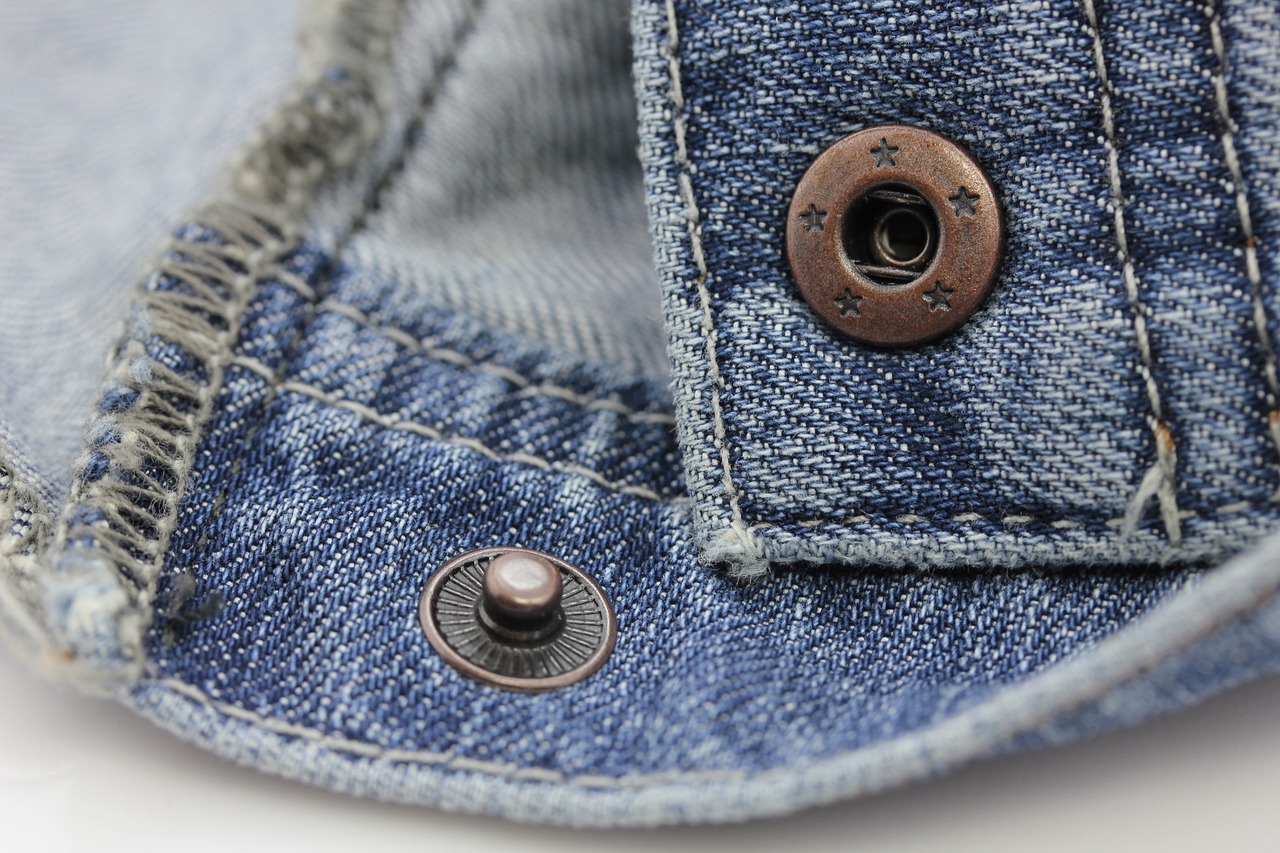
Color and Texture Variations
When it comes to denim quilting, the color and texture variations of your fabric can dramatically influence the final outcome of your quilt. Denim isn't just a one-note fabric; it comes in a multitude of shades and finishes, allowing you to create stunning visual effects. Think of denim as a canvas where each piece tells a different story, and the colors and textures you choose can either harmonize beautifully or create exciting contrasts.
For instance, you might opt for classic indigo denim for a traditional look, or you could choose lighter shades such as washed-out blue or even white denim for a more modern vibe. Textures also play a significant role—consider using distressed denim for a rustic charm, or smooth denim for a sleek, contemporary finish. The interplay of color and texture can be likened to painting; just as an artist selects their palette, you too should carefully consider how your choices will come together to create a cohesive piece.
Moreover, mixing different textures can add depth to your quilt. For example, pairing a rough, rugged denim with a soft, velvety fabric can create a delightful contrast that draws the eye and adds interest. You can also play with color gradients—using darker shades at the edges and lighter shades in the center—to create a sense of movement and flow within your quilt design.
To help you visualize your options, here’s a simple table that summarizes some common denim colors and textures:
| Color | Texture | Best For |
|---|---|---|
| Classic Indigo | Medium Weight, Durable | Traditional Designs |
| Light Blue | Soft, Lightweight | Modern, Casual Quilts |
| Distressed | Textured, Worn Look | Rustic, Vintage Styles |
| Black Denim | Smooth, Sleek | Contemporary, Elegant Quilts |
In summary, the world of denim quilting is rich with possibilities when it comes to color and texture. By thoughtfully selecting your denim, you can transform a simple quilt into a stunning masterpiece that reflects your personal style and creativity. So, let your imagination run wild and experiment with various combinations to find the perfect mix for your next quilting project!
Q: Can I use any type of denim for quilting?
A: While most denim can be used, it's best to choose medium to heavyweight denim for durability. Lightweight denim may not hold up as well in a quilt.
Q: How do I wash denim before quilting?
A: Always pre-wash your denim to remove any sizing and prevent shrinkage. Use cold water and avoid fabric softeners to maintain the fabric's integrity.
Q: What is the best thread to use for denim quilting?
A: A strong polyester or cotton-wrapped polyester thread is ideal for quilting with denim, as it can withstand the fabric's thickness and weight.
Q: Can I mix denim with other fabrics?
A: Absolutely! Mixing denim with other fabrics can add texture and interest to your quilt. Just ensure that the weights are compatible for proper drape.
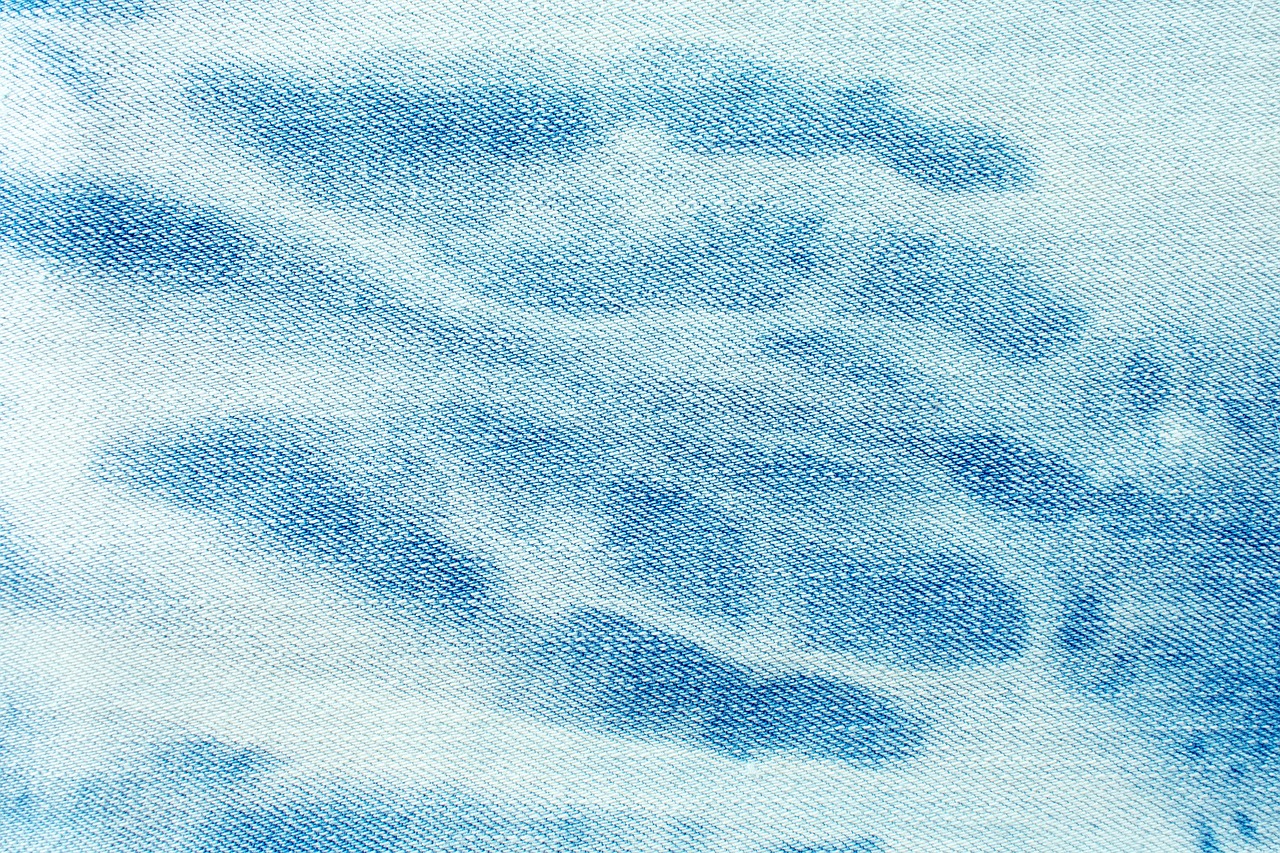
Preparing Denim for Quilting
Before diving into the exciting world of denim quilting, it's essential to prepare your fabric properly. Think of this step as setting the stage for a fantastic performance; the better the preparation, the more impressive the final result! The first thing you want to do is to wash your denim. This isn't just about cleanliness; it's also crucial for pre-shrinking the fabric. Denim can shrink significantly after the first wash, and you definitely don't want your beautiful quilt to end up misshapen or with uneven patches. Use a gentle cycle with cold water to maintain the integrity of the fabric.
After washing, you should dry your denim either by air-drying or using a low heat setting in the dryer. High heat can cause more shrinkage than desired, and we want to keep our denim as true to size as possible. Once your denim is dry, give it a good press with an iron. This step is vital because it helps eliminate any wrinkles, making it easier to cut your fabric accurately. When you press, be cautious about the heat setting; use a medium setting to avoid damaging the fabric.
Now comes the fun part: cutting your denim. Depending on your design, you might want to cut your denim into squares, rectangles, or even fun shapes. A rotary cutter and a cutting mat will be your best friends here, allowing for clean, precise cuts. If you're using old jeans, consider cutting around any unique features like pockets, seams, or decorative stitching. These elements can add character and charm to your quilt, making it truly one-of-a-kind.
Once you've cut your pieces, it's time to organize your fabric. Lay out your pieces to visualize how they will fit together in your quilt. This step can be incredibly helpful in ensuring a balanced design. You might want to take a photo of your layout for reference as you begin sewing. Don't be afraid to play with different arrangements until you find a combination that speaks to you!
Finally, it's a good idea to stabilize your denim if you're working with lightweight varieties. Using a fusible interfacing can help prevent stretching and distortion during the quilting process. This is especially important if you're planning to use free-motion techniques or intricate patterns. A well-prepared piece of denim will be much easier to work with, giving you the freedom to unleash your creativity without the worry of fabric mishaps.
- Can I quilt with any type of denim? Yes, but it's best to choose medium to heavyweight denim for durability.
- Do I need a special sewing machine for denim quilting? While a standard machine can work, having a machine with a strong motor and a walking foot can make the process smoother.
- How do I prevent my quilt from becoming too heavy? Balance your denim with lighter fabrics or consider using less dense patches for a lighter quilt.
- What's the best way to care for a denim quilt? Wash it on a gentle cycle and air dry or tumble dry on low heat to maintain its shape and texture.
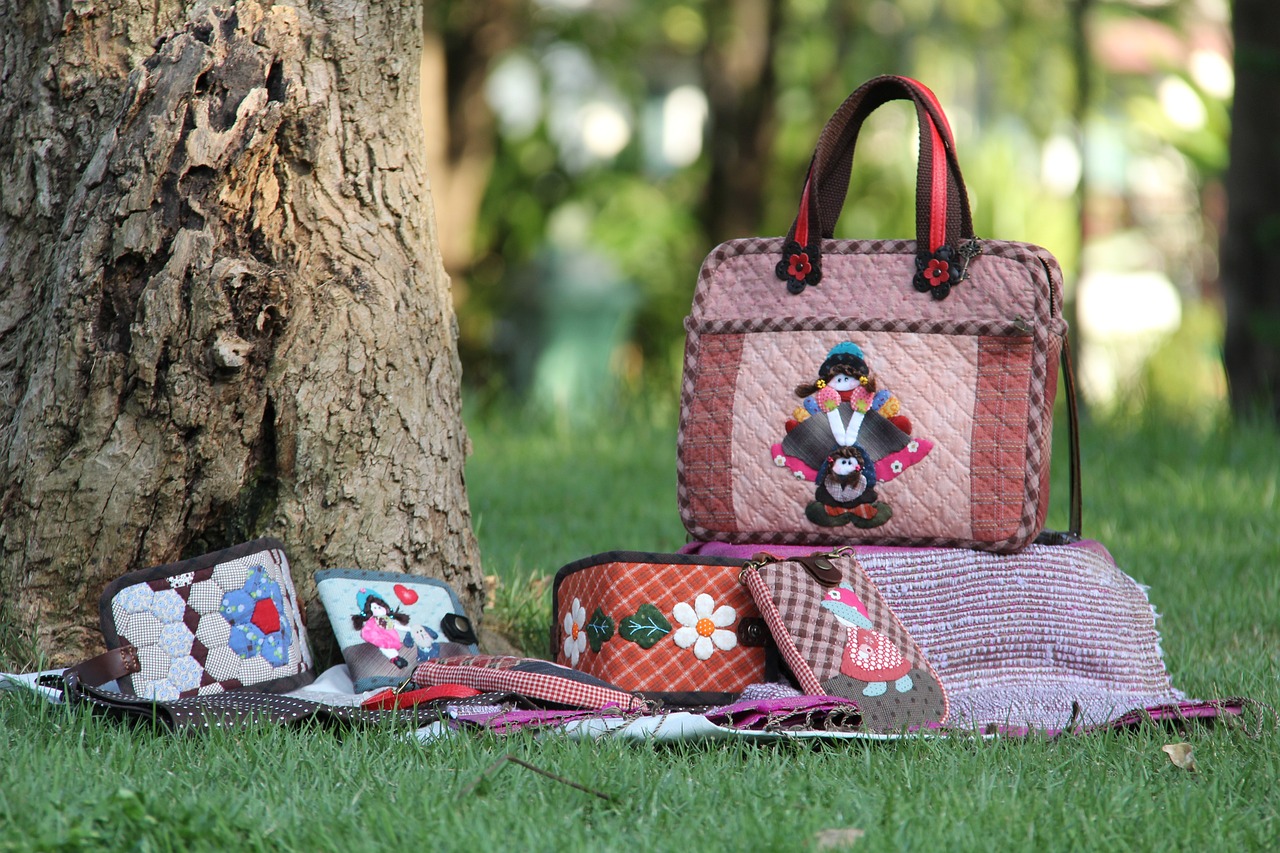
Quilting Techniques for Denim
When it comes to quilting with denim, the techniques you choose can make a world of difference in the final product. Denim is a unique fabric that presents both challenges and opportunities for creativity. Whether you're a seasoned quilter or just starting out, understanding various quilting techniques can enhance your projects and give them a distinctive flair. One popular method is patchwork quilting, which involves sewing together different pieces of fabric to create a larger design. This technique is particularly effective with denim, as it allows you to showcase various shades and textures, creating a visually appealing quilt that tells a story of its own.
Another exciting technique to explore is free-motion quilting. This method allows you to move the fabric freely under the needle, giving you the freedom to create intricate designs and patterns. It’s a fantastic way to express your artistic side, as you can customize your quilt with unique motifs that reflect your personality. To master free-motion quilting with denim, consider experimenting with different machine settings and thread types. Using a thicker thread can enhance the texture, while a contrasting color can make your designs pop.
In addition to these techniques, you might also want to consider using a variety of thread types when quilting with denim. The right thread can significantly impact the durability and appearance of your quilt. For instance, using a heavyweight thread can add extra strength to your seams, which is essential when working with thicker denim layers. On the other hand, lighter threads can be used for decorative stitching, adding finesse and detail to your work.
To help you understand these techniques better, here’s a quick comparison of some common quilting methods used with denim:
| Technique | Description | Best For |
|---|---|---|
| Patchwork Quilting | Sewing together various denim pieces to create a larger design. | Visual variety and storytelling. |
| Free-Motion Quilting | Moving the fabric freely under the needle for custom designs. | Artistic expression and intricate patterns. |
| Raw Edge Quilting | Leaving edges unfinished for a frayed look. | A rustic, casual aesthetic. |
| Appliqué | Attaching smaller pieces of fabric onto a larger piece. | Adding visual interest and dimension. |
As you dive into the world of denim quilting, remember that practice makes perfect. Don’t be afraid to experiment with different techniques and combinations. Each quilt you create is a chance to express your creativity and bring new life to old denim. So, roll up your sleeves and let your imagination run wild!
Q: Can I use any type of denim for quilting?
A: While you can technically use any type of denim, it’s best to choose medium to heavyweight denim for durability and ease of handling.
Q: How do I prepare denim fabric before quilting?
A: Wash and dry your denim to pre-shrink it, then cut it into the desired shapes and sizes for your quilt.
Q: What is the best thread to use for denim quilting?
A: Look for strong, heavyweight threads like polyester or cotton-wrapped polyester, which can withstand the thickness of denim.
Q: Can I mix denim with other fabrics?
A: Absolutely! Mixing denim with other fabrics can create interesting textures and visual contrasts in your quilt.

Patchwork Techniques
Patchwork quilting is not just a technique; it's an art form that breathes new life into denim, transforming worn-out jeans into stunning quilts. The beauty of patchwork lies in its versatility—each patch tells a story, and when sewn together, they create a beautiful tapestry of memories. Whether you’re a seasoned quilter or a newbie, understanding various patchwork techniques can elevate your denim quilting projects to new heights.
One of the most popular methods in patchwork quilting is the traditional square patch. This technique involves cutting denim into uniform squares and arranging them in a visually appealing pattern. Imagine the thrill of piecing together different shades of blue, from deep indigo to soft chambray, creating a gradient effect that captures the eye. But don’t stop there! You can mix and match various textures, such as adding corduroy or canvas patches, to create depth and interest.
Another exciting technique is the use of triangles or hexagons, which can add a dynamic element to your quilt. These shapes can be combined to form intricate designs like the classic “Grandmother’s Flower Garden” or modern geometric patterns. The key here is to play with color and scale; larger patches can create a bold statement, while smaller ones can add subtlety and sophistication.
When working with denim, it’s essential to consider how the fabric behaves. Since denim can be thick and heavy, using a rotary cutter and a cutting mat can make the process smoother and more precise. Also, don’t forget to use a strong needle and a sturdy thread to handle the weight of the fabric. Here are a few patchwork tips to keep in mind:
- Mix Textures: Combine different types of denim and other materials for a unique look.
- Use Contrast: Pair lighter and darker shades to create a striking visual effect.
- Plan Your Layout: Before sewing, lay out your patches to visualize the final design.
Moreover, incorporating appliqué techniques can add a whimsical touch to your quilt. By sewing smaller denim shapes onto larger patches, you can create fun designs, such as flowers, stars, or even abstract shapes. This not only enhances the visual appeal but also allows you to use up smaller scraps of denim, making your project more eco-friendly.
Finally, don’t underestimate the power of quilting patterns. Once your patchwork is assembled, the quilting itself can add another layer of design. Consider using contrasting thread colors or experimenting with different stitch patterns, like stippling or echo quilting, to emphasize your patchwork design. The stitching can create texture and dimension, making your quilt a true work of art.
In conclusion, patchwork techniques in denim quilting offer endless possibilities for creativity. Whether you opt for traditional squares or playful shapes, the key is to enjoy the process and let your imagination run wild. Each quilt you create will not only be a functional item but also a cherished keepsake that tells a story of your unique style and creativity.
Q: Can I use different types of denim for my patchwork quilt?
A: Absolutely! Mixing different types of denim can enhance the texture and visual appeal of your quilt. Just ensure that the weights are compatible for easier sewing.
Q: How do I prevent my denim patches from fraying?
A: To minimize fraying, you can finish the edges of your patches with a zigzag stitch or use pinking shears before sewing them together.
Q: What is the best way to wash a denim quilt?
A: It’s best to wash your denim quilt on a gentle cycle with cold water. Avoid fabric softeners as they can affect the texture of the denim.
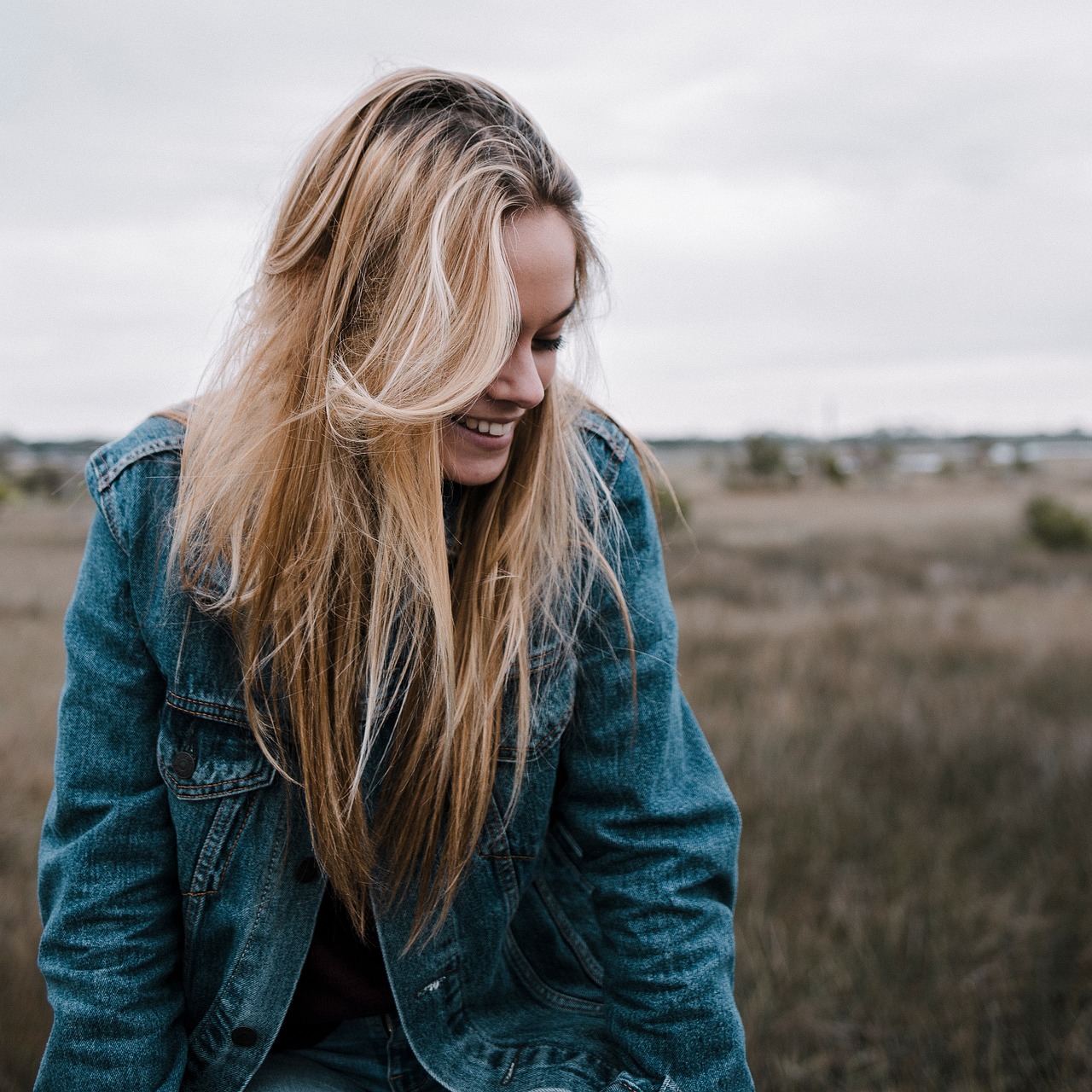
Free-Motion Quilting Tips
Free-motion quilting is like dancing with your sewing machine; it allows for a level of creativity that can truly bring your denim quilt to life! It’s not just about stitching; it’s about expressing your unique style through the fluidity of your movements. To get started, you’ll need to adjust your machine settings. Lower the feed dogs to allow the fabric to move freely under the needle, and don’t forget to use a free-motion quilting foot. This foot is designed to give you the control you need to create intricate designs without the constraints of a standard presser foot.
Before diving into your quilt, practice on some scrap pieces of denim. This will help you get a feel for the speed and pressure you need to apply. Think of it as warming up before a big performance. You want to be comfortable and confident when you start on your actual project. As you practice, try out different patterns and textures. You can create simple swirls, intricate flowers, or even geometric shapes. The beauty of free-motion quilting is that there are no hard and fast rules; it’s all about what feels right to you!
When it comes to thread selection, opt for a contrasting thread that will stand out against your denim. This will highlight your quilting designs and add depth to your quilt. You can also experiment with different thread types, such as cotton or polyester, to see which gives you the best results. Remember, the goal is to enhance the overall look of your quilt while ensuring that the stitching is durable enough to withstand wear and tear.
Another important tip is to maintain a steady speed while quilting. If you rush, you may end up with uneven stitches, which can detract from your quilt’s beauty. Keep your hands relaxed and guide the fabric gently under the needle. Think of it as steering a car; smooth and steady wins the race! If you find yourself getting tense, take a break and come back to it with fresh eyes.
Lastly, don’t be afraid to make mistakes. Each stitch is a part of your creative journey, and imperfections can add character to your quilt. In fact, many quilters embrace these little quirks as part of the charm of handmade items. So, let your creativity flow and enjoy the process!
- What is free-motion quilting? Free-motion quilting is a technique that allows you to move the fabric freely under the needle, creating intricate and unique designs.
- Do I need a special foot for free-motion quilting? Yes, a free-motion quilting foot is recommended as it allows for better control over your fabric movements.
- Can I use any type of thread for free-motion quilting? While you can use various threads, contrasting thread colors often work best to highlight your quilting designs.
- How do I avoid uneven stitches? Practice maintaining a steady speed and relaxed hands as you guide the fabric; this will help achieve more consistent stitches.
- Is it normal to make mistakes while quilting? Absolutely! Mistakes can add character to your quilt, and many quilters embrace these imperfections.

Inspiration for Denim Quilts
Are you ready to dive into the vibrant world of denim quilting? If so, you're in for a treat! Denim quilts are not just cozy; they’re a canvas for creativity and expression. Imagine snuggling under a quilt that not only keeps you warm but also tells a story of style, sustainability, and personal flair. The beauty of denim lies in its versatility. From traditional patchwork designs to modern geometric patterns, the possibilities are endless. So, let’s explore some inspiring ideas that can spark your imagination and guide your next quilting project!
One of the most exciting aspects of denim quilting is the ability to upcycle old jeans and jackets into stunning quilts. This not only gives new life to worn-out materials but also contributes to a more sustainable lifestyle. Think about it: every patch you sew can represent a memory, a moment, or a loved one. For instance, you might use a pair of jeans from your teenage years, combined with denim from your favorite jacket, to create a quilt that’s not just functional but also filled with nostalgia.
When it comes to design, consider experimenting with color combinations and themes. Denim comes in various shades, from deep indigo to light wash, and pairing these colors can create a striking visual impact. You might opt for a monochromatic scheme, using different shades of blue, or go bold with contrasting colors like red or mustard yellow. Here’s a quick idea for a color palette:
| Color | Description |
|---|---|
| Indigo | A classic denim color that adds depth and richness. |
| Light Blue | Brightens up the quilt and adds a fresh touch. |
| Gray | Offers a modern, neutral base for other colors. |
| Red | Provides a pop of color that can energize the design. |
| Mustard Yellow | Adds warmth and a vintage feel to the quilt. |
Additionally, think about incorporating different textures into your quilt. Mixing smooth, lightweight denim with heavier, more textured fabrics can create a beautiful contrast that enhances the overall design. Imagine the tactile experience of running your fingers over the quilt, feeling the different textures and weights. This not only makes your quilt visually appealing but also adds a dynamic element that can be quite captivating.
For those looking for a more structured approach, consider following a theme. Themes can range from nature-inspired designs, where you incorporate leaf patterns and earthy colors, to urban aesthetics, using bold lines and geometric shapes. Themes help in maintaining a cohesive look while allowing for creativity within that framework. Don’t shy away from exploring different motifs and symbols that resonate with you personally.
Lastly, let’s not forget about the power of personalization. Adding unique elements such as embroidered initials, patches from favorite bands, or even fabric printed with meaningful quotes can make your quilt truly one-of-a-kind. This level of customization ensures that your quilt is not just another blanket; it becomes a cherished piece of art that reflects your personality and experiences.
Inspiration for denim quilts can come from anywhere—your wardrobe, nature, or even art. So grab those old jeans and let your creativity flow! Whether you’re a seasoned quilter or a beginner, the journey of creating a denim quilt is sure to be rewarding and fulfilling.
Q1: Can I use any type of denim for quilting?
A1: While you can use various types of denim, it's best to choose medium to heavyweight denim for durability. Lightweight denim may not hold up as well in a quilt.
Q2: How do I prepare denim before quilting?
A2: Always wash your denim to remove any dirt and to pre-shrink the fabric. After washing, cut the denim into the desired shapes and sizes for your quilt.
Q3: What techniques are best for quilting with denim?
A3: Patchwork and free-motion quilting are popular techniques. Experiment with different thread types and stitching patterns to achieve unique designs.
Q4: Can I incorporate other fabrics with denim?
A4: Absolutely! Mixing denim with cotton or other fabrics can add variety and enhance the visual appeal of your quilt.
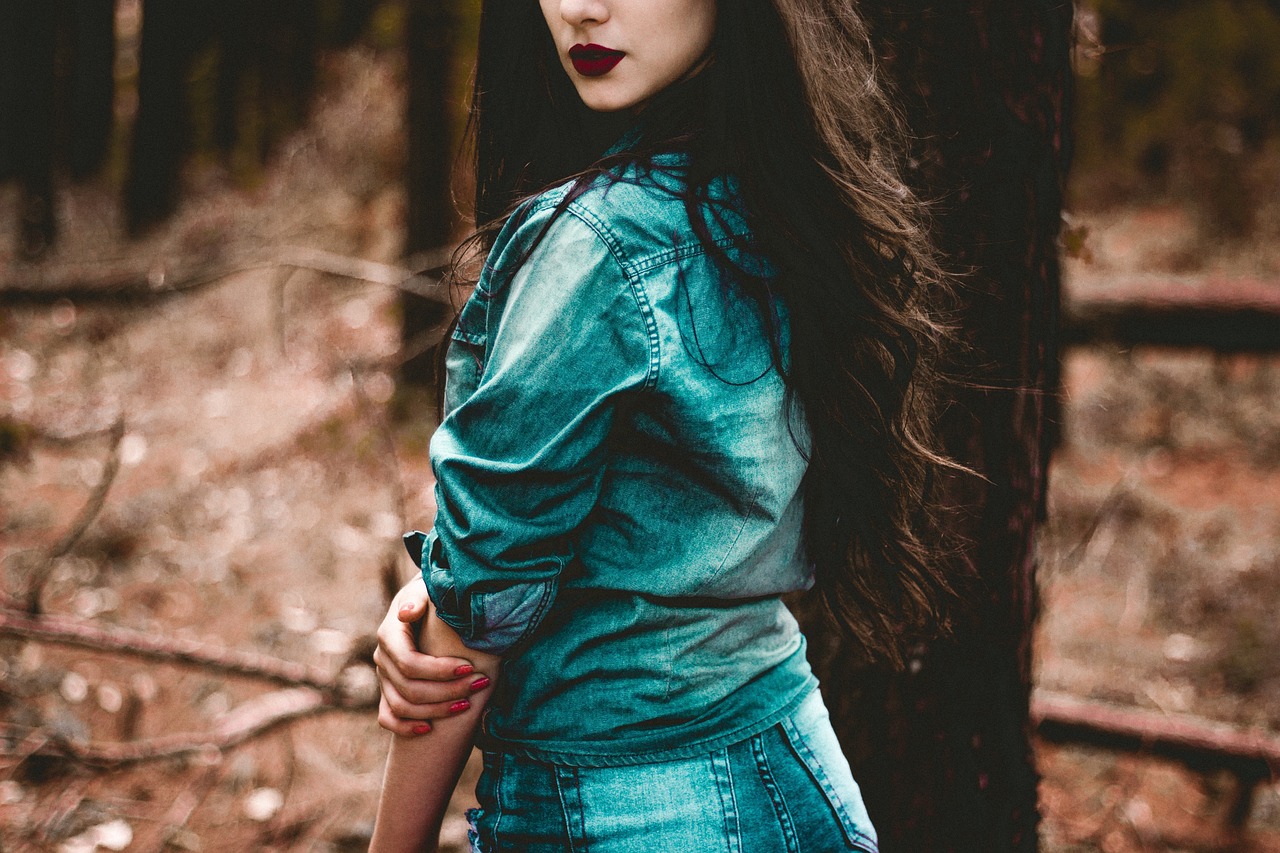
Upcycled Denim Projects
Upcycling denim is not just a trend; it's a creative revolution! When you dive into the world of , you're not only giving new life to old jeans but also crafting unique pieces that tell a story. Imagine transforming a pair of worn-out jeans into a cozy quilt that wraps you in memories of adventures past. The beauty of upcycling lies in its ability to blend nostalgia with innovation, making each project truly one-of-a-kind.
One exciting project you might consider is creating a denim patchwork quilt. This involves cutting various pieces of denim into squares or rectangles and sewing them together to form a beautiful quilt top. The mix of textures and shades can create a stunning visual effect, especially if you incorporate denim from different sources—think about using jeans from family members or friends to add sentimental value!
Another fantastic idea is to make denim cushions. Simply cut large squares of denim, sew them together, and stuff them with your choice of filling. These cushions not only add a rustic touch to your home decor but also serve as conversation starters. Plus, they’re durable enough to withstand everyday use, making them a practical choice for any living space.
If you're feeling particularly adventurous, consider crafting a denim tote bag. This project is both functional and stylish! You can use the pockets from old jeans to create unique compartments in your tote, making it a perfect accessory for shopping or daily errands. The durability of denim ensures that your tote can carry heavy items without falling apart, proving that upcycled projects can be both fashionable and practical.
Lastly, don’t forget about the potential for denim wall art. By cutting denim into various shapes and sizes, you can create stunning wall hangings or framed pieces that showcase your creativity. Whether you choose to create abstract designs or even a denim-themed mural, the possibilities are endless!
In summary, upcycling denim is an incredible way to express your creativity while being environmentally conscious. Each project not only reduces waste but also results in beautiful, functional items that reflect your personal style. So, gather your old jeans and let your imagination run wild!
- What types of denim are best for upcycling projects? Generally, medium to heavyweight denim works best due to its durability. However, lightweight denim can also be used for projects like cushions or wall art.
- Can I mix different types of denim in one project? Absolutely! Mixing different weights and colors can add depth and interest to your projects.
- Do I need special tools for quilting with denim? While basic sewing tools will suffice, a heavy-duty sewing machine and denim needles are recommended for best results.
- How do I care for my upcycled denim projects? Most denim projects can be machine washed, but it's always best to check the care instructions based on the materials used.
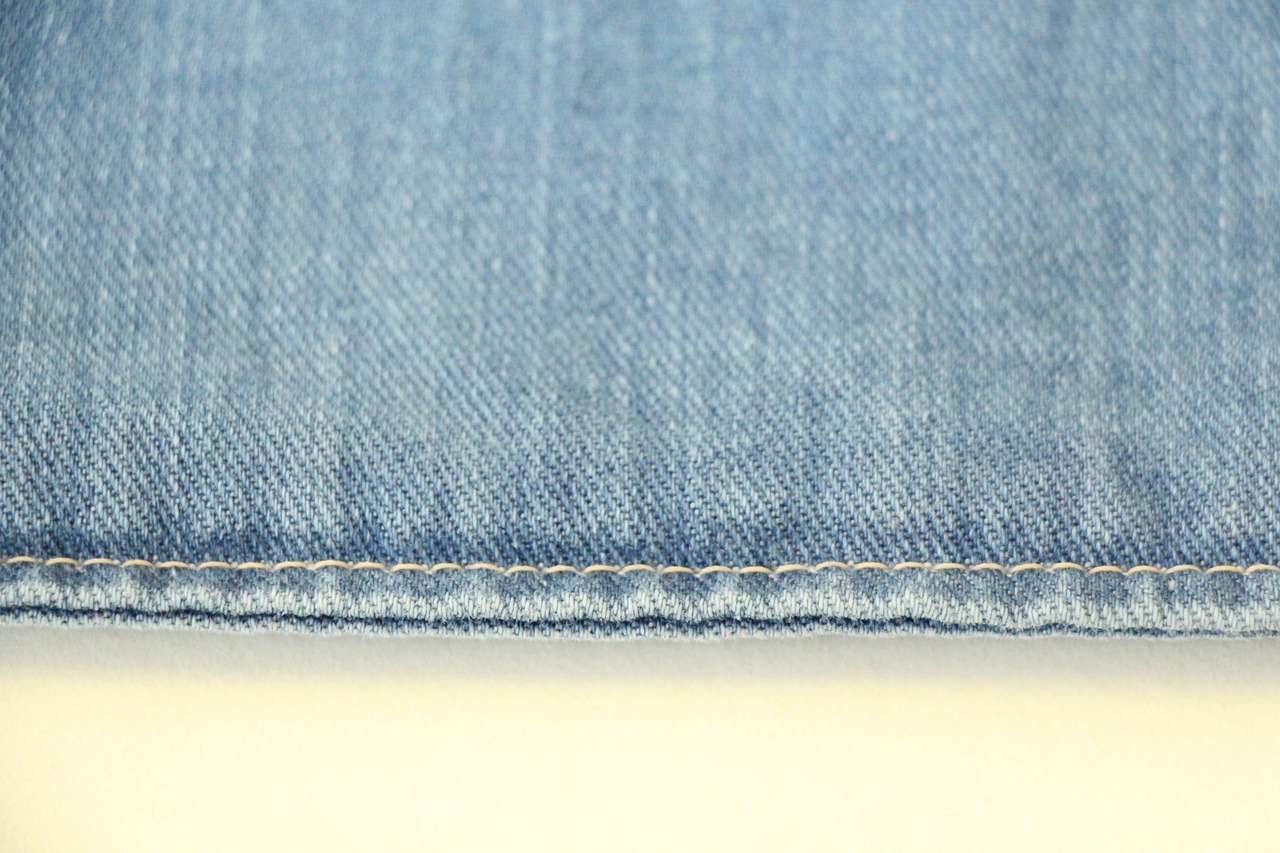
Color Combinations and Themes
When it comes to quilting with denim, the choice of color combinations and themes can truly elevate your project from ordinary to extraordinary. Denim itself is a versatile fabric, often associated with the classic blue tones, but it can also be found in various shades and finishes that can be creatively utilized. Think about how you can play with different hues to create a quilt that not only serves a purpose but also tells a story.
One popular theme is the monochromatic look, where you use varying shades of blue denim. This approach allows for a cohesive design that feels both modern and timeless. You might consider pairing lighter blues with deeper navy tones, creating a stunning gradient effect that draws the eye. Alternatively, you can introduce a contrasting color, like a vibrant yellow or a deep red, to create a pop that can transform your quilt into a statement piece.
Another exciting theme is the earthy palette. Imagine using denim alongside fabrics in shades of brown, green, and rust. This combination not only complements the rugged nature of denim but also evokes the feeling of warmth and comfort. It’s perfect for those who want their quilts to reflect a rustic, homey vibe. You could even incorporate some floral patterns in these colors to bring in a touch of nature, making your quilt feel like a cozy retreat.
For those who prefer a more playful approach, consider using bright, bold colors alongside denim. Think about vibrant pinks, oranges, and purples. These colors can create a youthful, energetic feel, especially when combined with fun patterns. This theme can be particularly appealing for kids’ quilts or playful throw blankets that add a splash of color to any room.
Don't forget about the power of textured fabrics. Mixing denim with other materials like corduroy, canvas, or even cotton prints can add dimension to your quilt. Imagine a quilt that features denim patches alongside soft, floral cottons or sturdy canvas in vibrant colors. The contrast in texture can make your quilt not only visually appealing but also tactilely interesting.
To help you visualize these ideas, here's a simple table showcasing some potential color combinations and themes:
| Theme | Color Combinations |
|---|---|
| Monochromatic | Light Blue, Navy, Indigo |
| Earthy Palette | Brown, Green, Rust |
| Bright & Bold | Pink, Orange, Purple |
| Textured Mix | Denim, Floral Cotton, Corduroy |
Ultimately, the beauty of denim quilting lies in its ability to reflect your personal style. Whether you choose to stick with classic tones or venture into the realm of vibrant colors, the key is to have fun and let your creativity shine. Remember, each quilt is a unique piece of art that can encapsulate memories, experiences, and emotions, so choose your colors and themes wisely!
- Can I use any type of denim for quilting? Yes, but it's best to choose denim that is not too thick or too stretchy to ensure proper stitching and durability.
- How do I wash denim before quilting? It’s recommended to wash denim in cold water and dry it on low heat to prevent shrinkage and fading.
- What sewing machine settings should I use for quilting with denim? Use a walking foot and a heavy-duty needle, and adjust the stitch length to accommodate the thickness of the fabric.
- Can I mix denim with other fabrics? Absolutely! Mixing denim with cottons or other textured fabrics can create stunning visual effects.
Frequently Asked Questions
-
What are the benefits of quilting with denim?
Quilting with denim offers a unique blend of durability and style. Denim is incredibly strong, making it perfect for quilts that are meant to last. Plus, the texture and color variations add a distinctive aesthetic that can transform any space. Not to mention, using old jeans is an eco-friendly way to repurpose materials, giving them a second life while reducing waste!
-
How do I choose the right type of denim for quilting?
Selecting the right denim is crucial for your quilting success. Generally, you’ll want to consider the weight of the denim. Lightweight denim is easier to work with and drapes beautifully, while heavyweight denim provides durability and structure. Think about what you want your quilt to feel like and look like, and choose accordingly!
-
What are some common denim weights to consider?
Denim comes in various weights, typically measured in ounces. Common weights include:
- Lightweight (6-8 oz): Great for soft, flowing quilts.
- Medium weight (9-11 oz): Versatile for various quilting styles.
- Heavyweight (12 oz and above): Perfect for sturdy, long-lasting quilts.
Choosing the right weight can significantly impact the final look and feel of your quilt!
-
How should I prepare denim before quilting?
Preparation is key! Start by washing your denim to remove any dirt or chemicals. After washing, cut it into the desired shapes or sizes for your quilt. It’s also a good idea to iron the pieces to ensure they lay flat and are easier to sew together.
-
What quilting techniques work best with denim?
There are several techniques that shine when quilting with denim. Patchwork is a popular choice, allowing you to mix and match different denim pieces for a unique look. Free-motion quilting is another exciting method, giving you the freedom to create intricate designs. Experiment with different thread types to enhance your quilt's overall appearance!
-
Can you share some inspiration for denim quilt designs?
Absolutely! When it comes to denim quilts, the possibilities are endless. You can create traditional patchwork designs or go for modern interpretations with bold colors and patterns. Upcycled denim projects are also fantastic for showcasing creativity. Don’t forget to explore various color combinations and themes to find a style that truly reflects your personality!



















